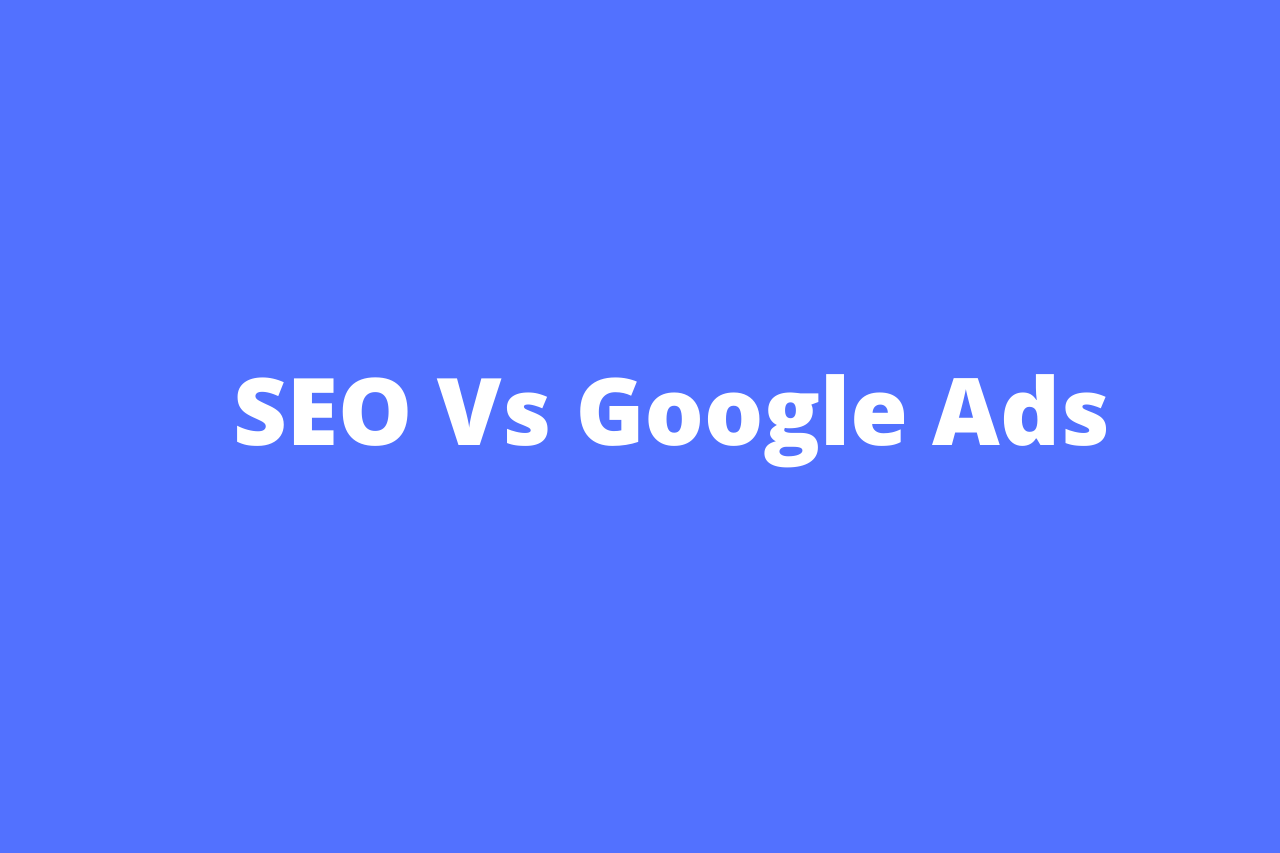In the vast world of digital marketing, two key players often stand out: Search Engine Optimization (SEO) and Google Ads. Both are powerful tools for driving traffic to your website, but they operate in distinct ways and serve different purposes. Understanding the differences between SEO and Google Ads is essential for crafting a comprehensive digital marketing strategy that aligns with your business goals. Let’s delve into the nuances of each.
SEO: Climbing the Organic Ranks
Search Engine Optimization (SEO) is the process of optimizing your website to rank higher in organic (unpaid) search engine results pages (SERPs). It involves various strategies aimed at improving your website’s visibility and relevance to search engines like Google, Bing, and Yahoo. SEO is a long-term investment that focuses on enhancing your website’s authority, relevance, and user experience.
- Content Optimization: Creating high-quality, relevant content is at the core of SEO. By strategically incorporating targeted keywords, optimizing meta tags, and improving readability, you can increase your website’s chances of ranking for relevant search queries.
- On-Page SEO: This involves optimizing individual web pages to improve their search engine rankings. It includes optimizing title tags, meta descriptions, headings, and internal linking structures.
- Off-Page SEO: Off-page SEO refers to activities conducted outside of your website to improve its search engine rankings. This includes link building, social media marketing, and influencer outreach.
- Technical SEO: Technical SEO focuses on optimizing the technical aspects of your website to improve its crawling and indexing by search engines. This includes optimizing site speed, mobile responsiveness, and fixing crawl errors.
SEO offers several benefits, including long-term sustainability, credibility, and cost-effectiveness. However, it requires continuous effort and patience to see significant results, as search engine algorithms frequently evolve.
Google Ads: Instant Visibility with Pay-Per-Click Advertising
Google Ads, formerly known as Google AdWords, is a pay-per-click (PPC) advertising platform that allows businesses to bid on keywords to display ads in Google’s search results and across its advertising network. Unlike SEO, which focuses on organic traffic, Google Ads provides instant visibility by placing your ads at the top of relevant search results pages.
- Keyword Targeting: With Google Ads, you can target specific keywords related to your business, products, or services. By bidding on these keywords, your ads can appear when users search for those terms, increasing the likelihood of clicks and conversions.
- Ad Placement Options: Google Ads offers various ad formats and placement options, including search ads, display ads, video ads, and shopping ads. This flexibility allows you to tailor your advertising strategy to reach your target audience effectively.
- Budget Control: One of the significant advantages of Google Ads is the ability to set a budget and control your advertising costs. You only pay when someone clicks on your ad (PPC), making it a cost-effective advertising solution for businesses of all sizes.
- Performance Tracking: Google Ads provides robust analytics and tracking tools that allow you to monitor the performance of your campaigns in real-time. You can track metrics such as clicks, impressions, conversions, and return on investment (ROI), enabling you to optimize your campaigns for maximum effectiveness.
While Google Ads offers immediate visibility and control over your advertising campaigns, it requires ongoing management and optimization to achieve sustainable results. Additionally, the cost of advertising can add up over time, especially for competitive keywords and industries.
Conclusion: Finding the Right Balance
In summary, SEO and Google Ads are two distinct approaches to driving traffic and generating leads online. SEO focuses on optimizing your website to rank higher in organic search results, offering long-term sustainability and credibility. On the other hand, Google Ads provides instant visibility through paid advertising, allowing you to reach your target audience quickly and efficiently.
Ultimately, the most effective digital marketing strategy often involves a combination of both SEO and Google Ads, tailored to your specific business objectives, target audience, and budget. By understanding the differences between these two approaches and leveraging their respective strengths, you can maximize your online presence and drive meaningful results for your business.
